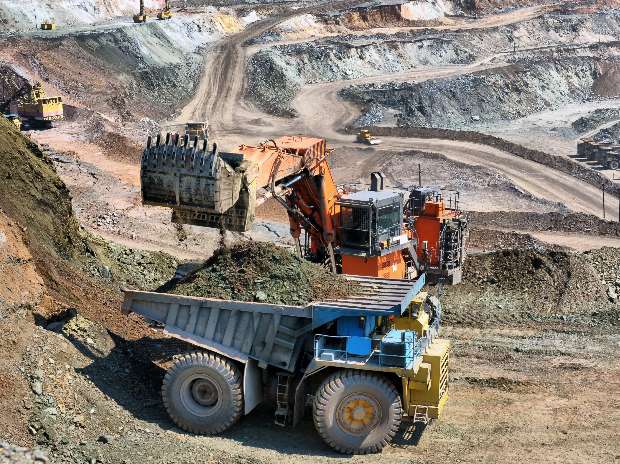Final number of inviolate coal blocks down from 206 to less than 35
Govt concludes it has no mapped information on perennial rivers, dams & irrigation projects which would be impacted by coal mining
Subhayan Chakraborty & Nitin Sethi | New Delhi September 2, 2015 Last Updated at 00:22 IST
To be finalised soon by the government, the number of inviolate coal blocks where mining will be banned is likely to be reduced from the originally identified 206 to less than 35. The environment ministry has decided to again dilute the parameters for identifying which of India‘s 793 blocks are located under healthy and important forest patches, not to be chopped down.
Beside other parameters, the ministry was to map which forests are important as catchments for perennial rivers and water bodies, irrigation and hydroelectric projects. Mining of coal in these forests was also to be restricted under the inviolate forest policy.
But documents reviewed by Business Standard show the coal ministry repeatedly warned this would severely impact many blocks.
Documents also show that after more than a year of deliberations between different agencies, the environment ministry has figured that the government does not have mapped data of where India’s perennial rivers, its hydropower and irrigation projects are located. So, the ministry has decided to dispense with the parameters measuring the importance of forests that are essential for these features. This conclusion by the ministry will now limit the inviolate coal blocks to merely 35 for good. Of these, too, the already operational blocks are expected to be taken off the list.
The 35 coal-bearing zones constitute 7.86 per cent of the area of all the blocks. The coal ministry has noted that three of these 25 blocks, namely Lekhapani, Vijay West and Durgapur Extension in Assam, Chhattisgarh and Maharashtra, respectively, are already operational. These too, it has recommended be taken off the list.
Many environmental organisations had earlier criticised the TSR Subramanian committee report for recommending a dilution of the inviolate norms, which the government is now close to achieving. The committee had been formed to review environmental laws, and, among other things, had suggested a limited scope of the inviolate policy to free up mining.
“A transparent, scientifically rigorous and inviolate forest policy was the right thing to do, in order to rearrange coal mining in such a way that it had less impact on forests, tribal communities and wildlife. At the same time, this would have ensured greater certainty for investors and project developers. But the ministry of environment has showed it is unable – or unwilling – to protect some of India’s last remaining forests from mining,” said Nandikesh Sivalingam from Greenpeace India.
The policy for inviolate forests was first mooted as “No-Go” areas policy by then environment minister Jairam Ramesh, under the earlier United Progressive Alliance government. That policy, which stopped mining in 47 per cent of the areas in identified coal blocks, was opposed by others in the UPA. This began the process of dilution.
Under Jayanthi Natarajan it was named the inviolate forest policy. Though the initial set of parameters decided by an expert committee to identify such forests were comprehensive, the UPA, and then the NDA government put pressure to repeatedly dilute them. The coal ministry advocated the dilution and records show that under both governments, the environment ministry repeatedly tinkered with the parameters and consequently kept bringing down the area kept out of mining.
Business Standard had earlier reported how some of the other parameters to identify good forests were watered down.
Now, documents show that the coal ministry also warned that a large chunk of coal blocks near water bodies would be ‘sterilised’ if the parameters recommended by experts to identify the hydrological value of forests were followed. Forest Survey of India (FSI), an arm of the environment ministry, was asked to conduct detailed studies as to the nature of rivers. They requested information from the Central Water Commission (CWC).
After repeated back and forth communication between the environment ministry, FSI and CWC, it was declared that “information on nature (perennial/non-perennial) of first-order streams are not available”, with any of the stakeholders. It also concluded that the details of hydropower and irrigation projects were not available on a map.
The environment ministry then asked CWC to provide in writing their inability to gather data. Subsequently the ministry on March 11, 2015, decided to amend the parameters altogether in a meeting attended by top forest division officials.
This final dilution of the parameters related to hydrological data only adds to the tweaking already done by the ministry, which collectively has helped reduce the number of coal blocks where mining would have to be banned.

Leave a Reply